Maghav Kumar
A Singular Value Perspective on Model Robustness
Dec 07, 2020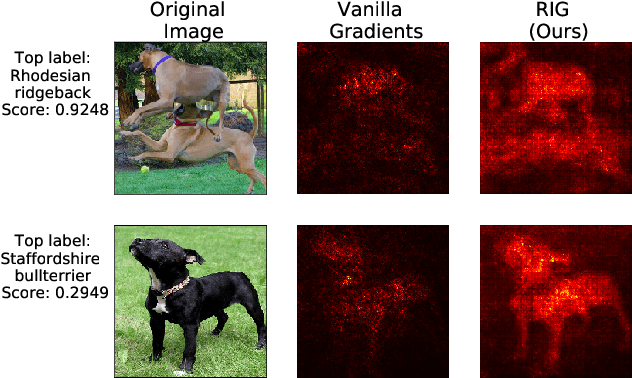
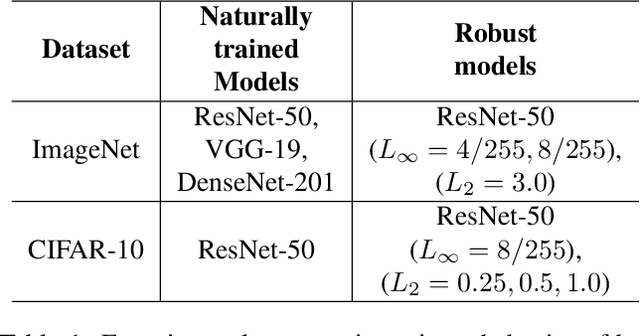
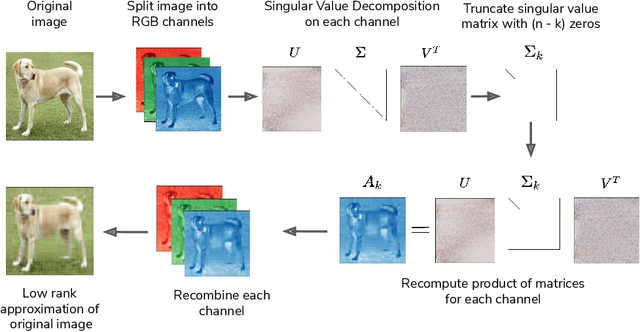

Abstract:Convolutional Neural Networks (CNNs) have made significant progress on several computer vision benchmarks, but are fraught with numerous non-human biases such as vulnerability to adversarial samples. Their lack of explainability makes identification and rectification of these biases difficult, and understanding their generalization behavior remains an open problem. In this work we explore the relationship between the generalization behavior of CNNs and the Singular Value Decomposition (SVD) of images. We show that naturally trained and adversarially robust CNNs exploit highly different features for the same dataset. We demonstrate that these features can be disentangled by SVD for ImageNet and CIFAR-10 trained networks. Finally, we propose Rank Integrated Gradients (RIG), the first rank-based feature attribution method to understand the dependence of CNNs on image rank.
Can We Learn Heuristics For Graphical Model Inference Using Reinforcement Learning?
May 05, 2020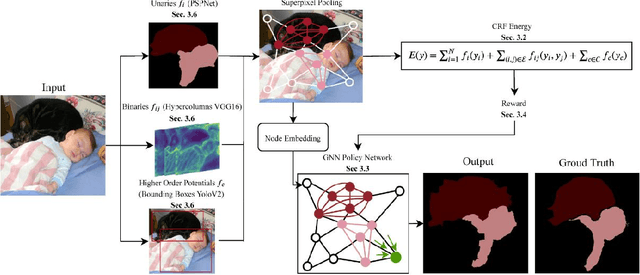

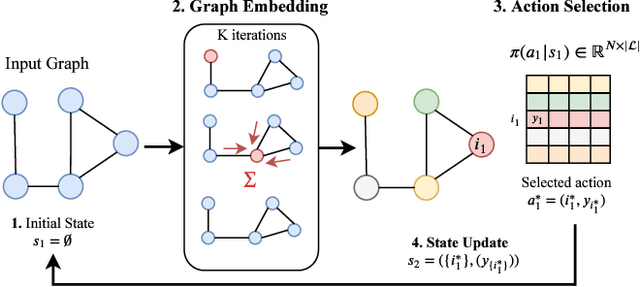

Abstract:Combinatorial optimization is frequently used in computer vision. For instance, in applications like semantic segmentation, human pose estimation and action recognition, programs are formulated for solving inference in Conditional Random Fields (CRFs) to produce a structured output that is consistent with visual features of the image. However, solving inference in CRFs is in general intractable, and approximation methods are computationally demanding and limited to unary, pairwise and hand-crafted forms of higher order potentials. In this paper, we show that we can learn program heuristics, i.e., policies, for solving inference in higher order CRFs for the task of semantic segmentation, using reinforcement learning. Our method solves inference tasks efficiently without imposing any constraints on the form of the potentials. We show compelling results on the Pascal VOC and MOTS datasets.
 Add to Chrome
Add to Chrome Add to Firefox
Add to Firefox Add to Edge
Add to Edge